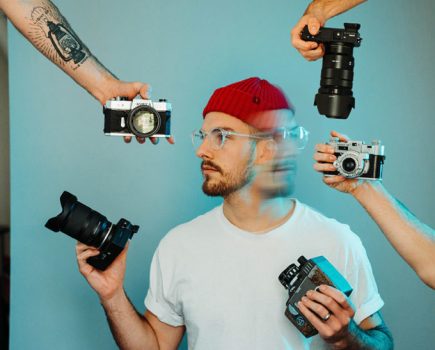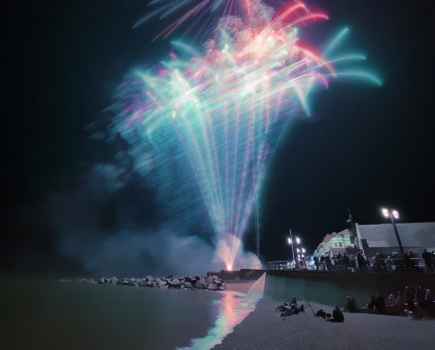Until fairly recently bracketing images (taking a series of shots of the same subject at different exposures) was used as a precaution to guarantee that at least one image was perfectly exposed. But now you can bracket so much more than just exposure. Some cameras provide options to bracket white balance, ISO and film simulation (in the case of Fujifilm), for example. Shooting sequences in this way is a chance to explore your camera’s capabilities. And there is the option to combine multiple exposures to create high dynamic range (HDR) images. This is often the ideal way to capture maximum detail in the highlights and shadows.
Bracketing is simple, and could make all the difference between a great picture and one destined for the bin.
- When you select Auto Exposure Bracketing (AEB) it instructs the camera to adjust the shutter speed or aperture to create a series of different exposures. You can usually change the bracketing amount and increments.
- Recent Fujifilm mirror less models, such as the X-T2, allow you to bracket film simulations. Each time the shutter is released the camera processes the shot to create copies with different film effects applied.
- When the camera brackets white balance, each time the shutter is released three copies are made, each with a different WB setting (one will be the set colour temperature, one will be cooler and the other warmer).
- If you can’t capture the detail you would like in the shadows and highlights in one frame you can blend bracketed exposures using Photoshop or other editing software. Effectively this increases the dynamic range.








